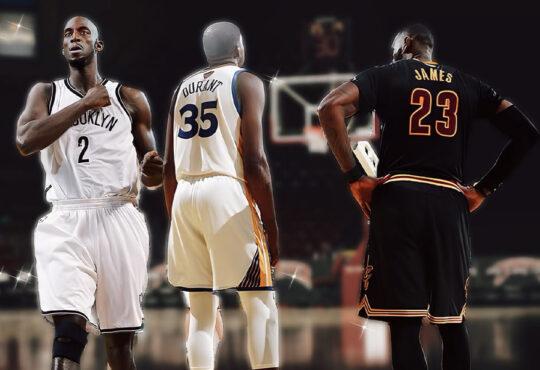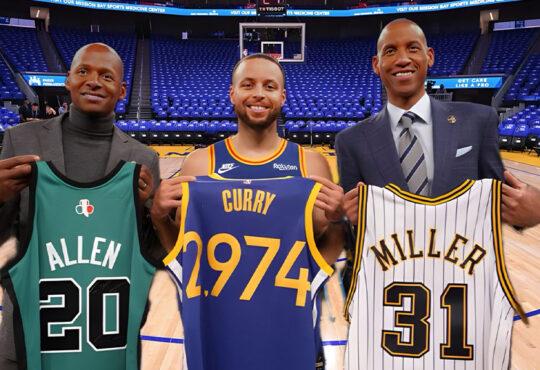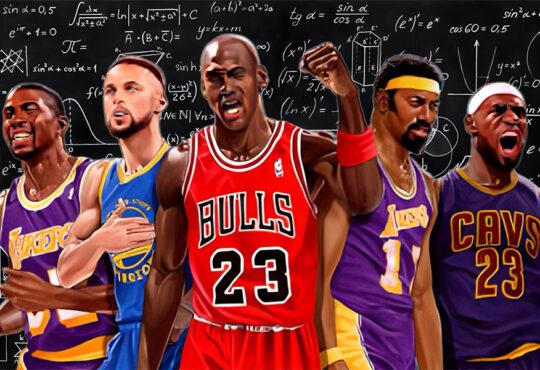
The Extraordinary History of Nike: Timeline and Facts
Nike is one of the largest and best-known sports equipment, shoes, and clothing brands in the world. It is estimated that they enjoy somewhere around 60% market share and have become a pop culture icon.
Nike’s iconic swoosh logo and “Just Do It” slogan are universally known. As of June 2019, Nike is valued at nearly $130 billion, making it one of the most valuable companies in the world. Its popular shoe lines include the Nike Air Max, Nike Air Force 1, Nike VaporMax, Nike Cortez, and of course, Air Jordans.
How Was Nike Founded?
The company was founded in 1964 as Blue Ribbon Sports by Bill Bowerman, a track-and-field coach at the University of Oregon, and his former student Phil Knight. The company was founded with just $1,200 in the bank.
They opened their first retail outlet in 1966 and launched the Nike brand shoe in 1972. The company initially served as the U.S. distributor for running shoes made by the Japanese company Onitsuka Tiger.
With no official sales premises, the founding members were forced to sell their shoes out of the trunks of their cars. The company sold around 1,300 pairs of shoes in its first year.
They managed to achieve excellent sales of shoes, and by 1965 they had enough revenue to hire their first full-time employee. Nike’s first retail store was opened on Pico Boulevard in Santa Monica, California in 1966.
In the late-1960s sales had continued to grow, and they further expanded operations into the East Coast of America in Wellesley, Massachusetts.
After a few successful years, Knight and Bowerman decided to develop and manufacture their own shoes. To this end, the now-famous Nike brand shoe hit the shelves in 1971.
The company was renamed Nike, Inc., in 1978 and went public two years later. The company’s name, Nike, is derived from the Greek Goddess of Victory. Nike’s first employee, Jeff Johnson, came up with the name. Originally co-founder Knight wanted to name their brand “Dimension Six”.
History of Nike
By the early 21st century, Nike had retail outlets and distributors in more than 170 countries, and its logo—a curved check mark called the “swoosh”—was recognized throughout the world.
The now world-famous Nike logo was designed by a Portland State University graphic design student, Carolyn Davidson.
For her efforts, she was paid $35 (just over $200 in today’s currency), and also worked for Nike for a few years until they needed a full ad agency.
Twelve years later, in 1983, Ms. Davidson received a gold Swoosh ring with an embedded diamond at a luncheon honoring her, along with a certificate and an $640,000 amount of Nike stock, in recognition of the Swoosh design logo.
One of the first, if not the first, Nike shoes were the so-called 1972 “Moon Shoes”.
This very rare pair of early Nikes were designed and manufactured for athletes at the 1972 Olympic Trials in Munich. According to The Vintage News, only 12 pairs were ever made and the pair sold at an auction was never actually worn.
The shoes were hand-made by Nike’s co-founder Bowerman who, famously, used his wife’s Belgian waffle iron as a mold for the rubber “waffle” soles of the shoes.
This, he believed, would produce a new sole for athletic footwear that would have enough grip but, most importantly, be lightweight.
From the late 1980s Nike steadily expanded its business and diversified its product line through numerous acquisitions, including the shoe companies Cole Haan (1988; sold in 2012) and Converse, Inc. (2003), the sports equipment producer Canstar Sports, Inc. (1994; later called Bauer and sold in 2008), and the athletic apparel and equipment company Umbro (2008; sold in 2012).
In 1996 the company created Nike ACG (“all-conditions gear”), which markets products for extreme sports such as snowboarding and mountain biking.
In the early 21st century Nike began selling sports-technology accessories, including portable heart-rate monitors and high-altitude wrist compasses.
The NikeTown chain stores, the first of which opened in 1990, pay tribute to these and other company spokespersons while offering consumers a full range of Nike products. In the 1990s the company’s image briefly suffered from revelations about poor working conditions in its overseas factories.
Part of Nike’s success is owed to endorsements by such athletes as Michael Jordan, LeBron James, Roger Federer, and Tiger Woods.
Romanian tennis professional Ilie Nastase, “the Bucharest Buffoon,” was the first athlete to sign an endorsement contract with Nike, in 1972.
Despite the fact that Michael Jordan hasn’t played basketball professionally since 2003, he still reportedly earns $60 million annually in royalties from Nike, according to Forbes. That makes him the athlete with — by far — the biggest Nike endorsement deal.
The slogan “Just Do It” was inspired by serial killer Gary Gilmore, who said “let’s do it” just before he was executed by a firing squad in 1977. The revelation was made in a 2009 documentary about advertising called “Art & Copy.”
The first “Just Do It” campaign was launched in 1988. The ad featured Walt Stack, a then 80-year-old running icon, plodding across the Golden Gate Bridge.
The world’s largest Nike store is not in its US homeland but on London’s Oxford Street. It cost £10.5 million to build the store, which spans three levels and roughly 42,000 feet.
Nike Timeline
1964 – Phil Knight and Bill Bowerman found Blue Ribbon Sports.
1971 – Cutting ties with Onitsuka Tiger (now Asics), Blue Ribbon Sports becomes Nike Inc., using swoosh logo created by Portland State University student Carolyn Davis for $35
1971 – Bowerman comes up with the iconic sole pattern for Waffle Trainers after putting rubber into a waffle iron
1972 – Romanian tennis player Ilie Nastase becomes the first athlete to sign an endorsement with Nike.
1979 – Nike introduces patented “Air” technology with new Tailwind shoe.
1980– Nike completes IPO with a price of 18 cents a share.
1984 – Nike signs Michael Jordan, launching the Air Jordan series.
1987 – Nike drops ad for new Air Max shoes set to The Beatles’ “Revolution,” making it the first ad to use the band’s music.
1988 – First “Just Do It” campaign launches with an ad featuring 80-year-old running icon Walter Stack running across the Golden Gate Bridge.
1989 – “Bo Knows” ad campaign drops featuring baseball and football star Bo Jackson.
1990 – First Niketown store opens in Portland, Oregon.
1991 – Activist Jeff Ballinger publishes a report exposing low wages and poor working conditions among Indonesian Nike factories. Nike responds by instating its first factory codes of conduct.
1996 – Nike signs Tiger Woods.
1998 – In the face of widespread protest, Nike raises the minimum age of its workers, increases monitoring, and adopts U.S. OSHA clean-air standards in overseas factories.
1999 – Nike co-founder Bill Bowerman dies at 88.
2002 – Nike acquires surf-apparel company, Hurley.
2003 – Nike signs Lebron James and Kobe Bryant.
2004 – Nike acquires Converse for $309 million.
2004 – Phil Knight steps down as CEO and president of Nike, but retains the chairman role as William D. Perez becomes the company’s new CEO.
2008 – Nike signs Derek Jeter.
2012 – Nike becomes an official supplier for NFL apparel.
2015 – Nike becomes the official supplier of NBA apparel.
2018 – Nike unveils ad campaign featuring athlete and political activist Colin Kaepernick, garnering a mix of public approval and backlash.
Nike is one of the most recognized brands in the world. It continues to surpass rivals like Adidas and Under Armor, despite controversy and slowing sales growth in the U.S. Nike also faces criticism for its treatment of female employees, which is something the company will need to work on as it tries to make Women’s apparel and sneakers a bigger part of its strategy.
Will Nike continue to grow or will Adidas, Under Armour, and other brands continue to eat into its market share?






3 COMMENTS